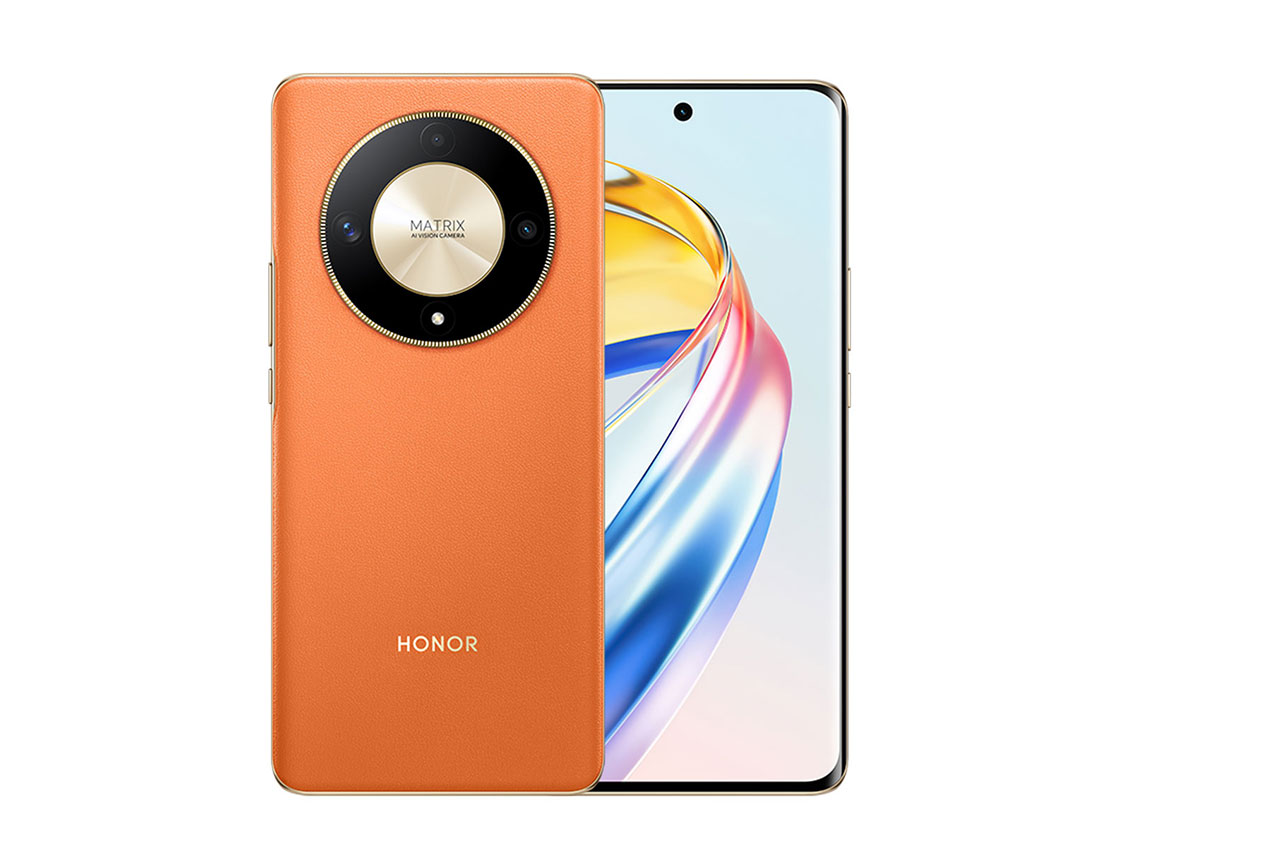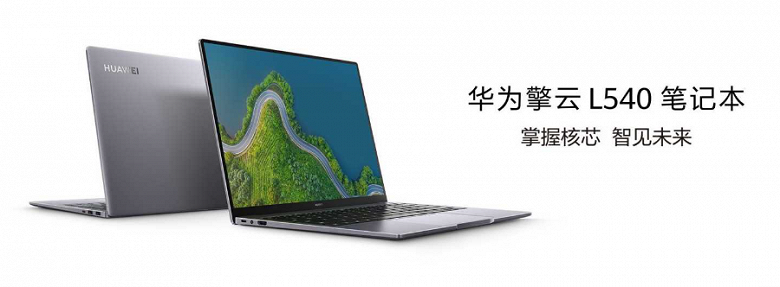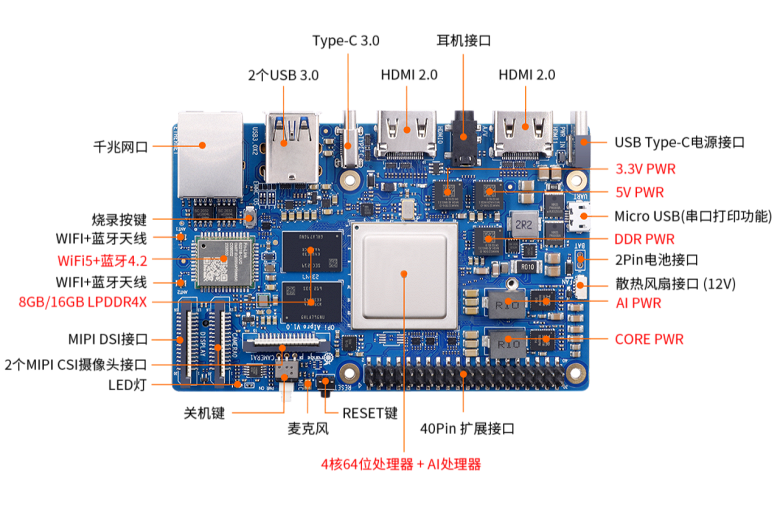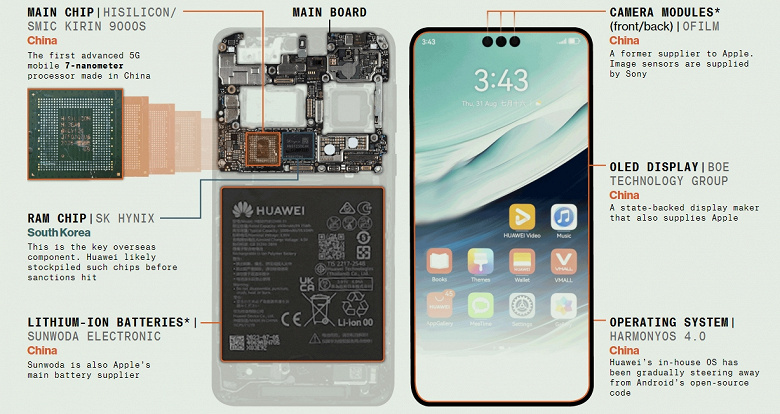Meanwhile, due to US sanctions, TSMC no longer accepts Huawei orders
After due to US sanctions, TSMC stopped accepting Chinese Huawei orders, it was reported that the company’s smartphones switched to MediaTek platforms. Now the network has an amazing and unlikely analyst prediction that Huawei may start using Snapdragon’s SoC next year.

Amazing and incredible. The analyst predicted the transition of Huawei P50 and Mate 50 to the Snapdragon platform
We cannot completely ignore this forecast, but we will treat it with a fair amount of skepticism. According to KeyBanc Capital Markets, an analyst with John Vinh, Qualcomm will become the supplier of Snapdragon single-chip systems for the Huawei P50 and Mate 50 series in 2021.
Of course, for this, the American manufacturer will have to be able to obtain a license from the US Bureau of Industry and Security. The analyst boldly claims that such a request will be granted. In addition, Qualcomm will need to come to an agreement with Huawei regarding patent licenses. And the question is whether the US government will allow such a move.
The analyst noted:
Many of the restrictions introduced against Huawei are designed to protect national security from threats posed by 5G communications/network infrastructure and military use. We do not believe that they are aimed at consumer devices and smartphones. ”
Finally, the analyst noted that such a deal would definitely benefit the country. Be that as it may, if the US government does not agree to this, Qualcomm will still win. She has enough other Chinese customers, including Xiaomi, Oppo, and Vivo, who are vitally interested in investing in Snapdragon to gain Huawei market share.
At the moment, US conditions allow Huawei to be calm about the possibility of releasing the autumn line of Huawei Mate 40 based on the branded 5-nanometer SoC Kirin 1020. However, one can only guess about the company’s further actions.
Recently it became known that Semiconductor Manufacturing International Corp (SMIC) began to produce the budget SoC Kirin 710A using a 14-nanometer process technology. However, even if SMIC can cope with the demand for Kirin 710A, Huawei will need more expensive and technically advanced solutions for flagship smartphones.










